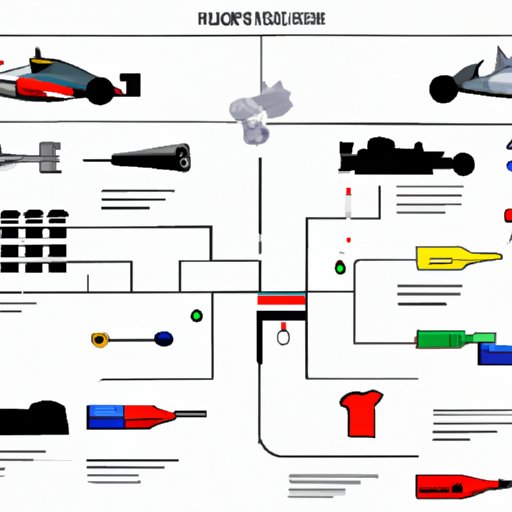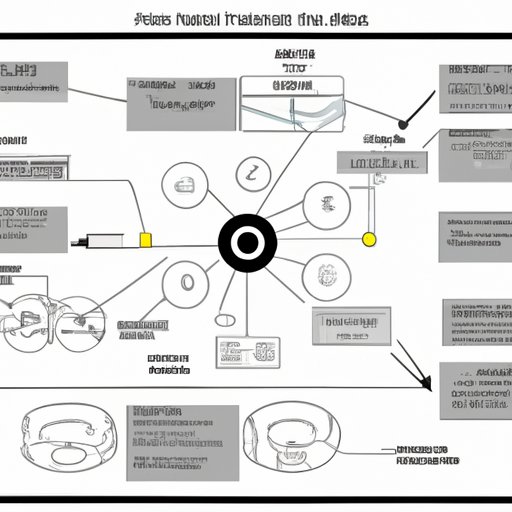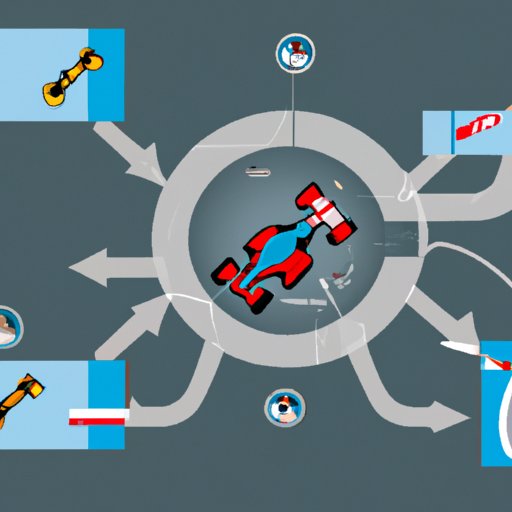Overview of F1 Racing: An Introduction to the World of Formula One
Formula 1, or F1 as it is commonly known, is one of the most popular forms of motor racing in the world. It is a high-octane, adrenaline-filled sport that has been thrilling audiences since its inception in the 1950s. From the drivers to the cars to the complex rules and regulations, there is a lot to learn about F1 racing. In this article, we’ll take an in-depth look at what makes F1 racing so exciting and explain all the different components that make up a typical race.
History of F1 Racing
The first Formula 1 race was held in Silverstone, England in 1950. The first season consisted of seven races, with the first ever world champion being Giuseppe Farina of Italy. Since then, the sport has grown exponentially, with teams from all over the world competing in the championship. Today, the sport is watched by millions of fans around the world and is broadcast on television and radio in over 200 countries.

Overview of Rules and Regulations
The rules and regulations of F1 racing are both intricate and strict. They are designed to ensure safety for the drivers and to prevent any unfair advantages. The rules are divided into three main categories: safety regulations, technical regulations, and sporting regulations. All teams must adhere to these regulations in order to compete in the championship.
Different Types of Cars Used
In F1 racing, teams use custom-built cars that have been specifically designed for the sport. These cars are constructed by constructors, which are companies that design and build the cars for a particular team. The cars must meet certain technical requirements set out by the governing body, the FIA. Each car must also include an engine supplied by the engine suppliers, such as Mercedes, Ferrari, and Honda. Finally, the cars must use tyres supplied by one of the tyre manufacturers, such as Pirelli and Michelin.

Breaking Down the Components of a Typical F1 Race
A typical F1 race weekend consists of three days. The first day is reserved for practice sessions, where teams can test their cars and hone their skills. The second day is dedicated to qualifying rounds, where the drivers compete against each other to determine the starting order for the race. On the third and final day, the race takes place. Following the race, the post-race procedures take place, including the podium ceremony and press conferences.

Understanding the Scoring System of F1 Racing
At the end of each race, points are awarded to the drivers and teams. Points are awarded based on a variety of factors, such as race position and fastest lap time. The points are tallied up throughout the season and the driver and constructor with the most points at the end of the season are declared the champions. The drivers’ championship is awarded to the driver with the most points, while the constructors’ championship is awarded to the team with the most points.
Examining the Role of Technology in F1 Racing
Technology plays a crucial role in modern F1 racing. Teams use computer simulations to test the performance of their cars and analyze data collected during races. Automated systems have been developed to manage pit stops and refueling, allowing teams to optimize their strategies. Finally, teams use sophisticated sensors and telemetry systems to monitor their cars and drivers in real time.
Conclusion
F1 racing is a highly competitive and thrilling sport that has captivated audiences around the world for decades. It is a complex sport with an array of rules, regulations, and components that must be understood before participating. By understanding the history, rules, and cars used in the sport, as well as the components of a typical race and the scoring system, you can gain a better appreciation for the sport. Additionally, learning about the role of technology in F1 racing can provide further insight into how the sport has evolved over the years.
(Note: Is this article not meeting your expectations? Do you have knowledge or insights to share? Unlock new opportunities and expand your reach by joining our authors team. Click Registration to join us and share your expertise with our readers.)
